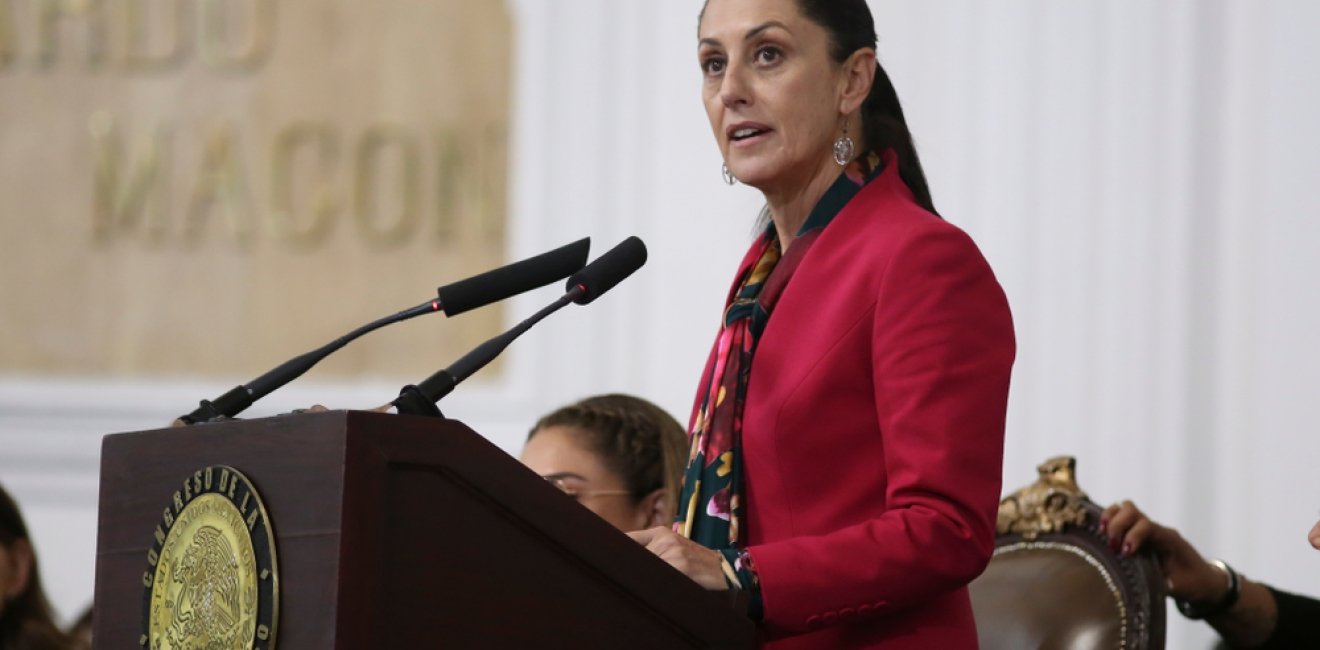Government transitions in Mexico represent crunch time for the country's political class. As part the government during every transition from 1994 to 2018, I experienced firsthand the pressure and anxiety that pervade the environment when preparing the country for a shift in leadership, outlook, and direction.
Due to a recent reform, Mexico's upcoming transition – from current president, Andrés Manuel López Obrador (AMLO) to Claudia Sheinbaum– will be shorter than usual as the transition will take place on October 1st, rather than December 1st as has been the case historically. This transition could also hardly be more consequential for the country's future, especially when it comes to not only the future of Mexico’s economy, but also the democratic traditions and wellbeing.
Government work during the transition is divided mainly into four main activities
-
Political negotiation
-
Maintaining the status quo and ensuring continued functioning the government.
-
Planning for the closing of the current administration and wrapping up loose ends.
-
Setting the agenda for the incoming government via the National Development Plan, which sets forth the next administration's priorities and key policies in strategic areas.
Analyzing these activities, and the information and signals they produce, will give us our first view into how Sheinbaum plans to approach the institutional and economic challenges facing Mexico today. In this, a review of her campaign platform, entitled “100 Steps for the Transformation” and carefully listening to her first press conferences will be telling indicators of what is to come.
On the economic front, budgetary pressures have been increasing during the AMLO administration and have been particularly exacerbated over the last -electoral- year due to an increase in expenditures resulting from the advancement of the administration's trademark infrastructure and social programs. The pet projects, many of which are financially unviable, include the Maya Train (whose budget has swelled to 3.3 times its original projections) and the Dos Bocas refinery (where the original budget has grown by $7 billion USD). A 25% increase in spending on social programs over the last 12 months (which in 2018 was around $8 billion and in 2024 will be close to $30 billion), higher interest rates (and a higher cost of debt), direct support and tax breaks for state oil firm Pemex (which totaled $80 billion over the last six years, while the company carries $102 billion in debt) and increased fiscal pressures, including in pensions, have further clouded the outlook for Mexico's public finances.
These programs and policies, alongside global financial conditions and additional government decisions, have taken the fiscal deficit from 2.1% in 2018 to a 36-year high of 5.9% in 2024. Even this estimate may be optimistic, as the normalization of monetary policy could take longer in a context where politics are contaminating economic expectations by creating additional uncertainty. This became clear when, as a candidate, Sheinbaum confirmed her intention to prioritize López Obrador's judicial reform in a “special September” legislative session, where the new legislature will take office during AMLO's final month in government. These reforms include using a direct vote to elect judges of the Supreme Court, magistrates, and other lower court appointments, and will surely exacerbate the politicization of Mexico's justice system. This is particularly relevant, as the Supreme Court has proven to be a robust backstop against attempted unconstitutional changes during the current administration.
Mexico is still home to the 12th largest economy in the world and is the US’ main trading partner. Its exports represent 44% of Latin America’s total, and in 2023 the country was the world’s sixth largest recipient of foreign direct investment. Mexico has a debt-to-GDP ratio of around 50%, which compares positively to competitors such as India and Brazil, whose ratios hover above 80%.
But all of these strengths are subject to enormous challenges derived from stagnant growth (an average of only 1% over the last six years); weakened productivity linked to lack of access and low quality services in areas such as health, education and training; Pemex's structural unviability (separate from its huge debt problem); increasing fiscal pressures in a budget with rigidities of 70%; weakened firewalls such as stabilization and contingency funds; insecurity; and significant policy uncertainty.
It is yet to be seen how the next government will decide to approach all of these tailwinds and headwinds, and the margins of maneuver that Claudia Sheinbaum will have vis-a-vis powers and interests including the military, organized crime, AMLO and her own party, markets, and the US.
López Obrador took office on Dec. 1, 2018, and presented his National Development Plan in November of that year. We can likewise expect the Sheinbaum administration to take between one or two months to present theirs. This document will be worth analyzing in detail, especially since Mexican presidents tend to do what they say they will. In fact, a 2014 FiveThirtyEight/Rasmussen Report study suggested that this was the case 71% of the time.
But investors and others who are interested in Mexico's future should also pay close attention to what both incoming and outgoing economic policymakers say and do over the next three months. This includes first and foremost the so-called Economic Package, which will be presented by the Ministry of Finance in mid-November for discussion and approval in Congress. This document will set forth macroeconomic considerations for the end of 2024 and the whole of 2025; the budget for 2025; expected relevant adjustments to the fiscal landscape (miscelanea fiscal); and an analysis of the balance of risks for the economy. Equally important will be discussions around the Bank of Mexico's monetary policy decisions, through the minutes of board meetings that will take place on Aug. 8, Sept. 26, Nov. 14 and Dec. 19, as well the Bank's quarterly reports. These three sources will be key to understanding the situation, context, challenges, and opportunities for Mexico's economy and its society writ large: a post-election transition that is worth reminding, coincides with a polarized and intense electoral process in the US.
Author


Mexico Institute
The Mexico Institute seeks to improve understanding, communication, and cooperation between Mexico and the United States by promoting original research, encouraging public discussion, and proposing policy options for enhancing the bilateral relationship. A binational Advisory Board, chaired by Luis Téllez and Earl Anthony Wayne, oversees the work of the Mexico Institute. Read more

Explore More
Browse Insights & Analysis
Greenland’s New Governing Coalition Signals Consensus

The Future of France's Far-Right Party

Ukrainian Issue in Polish Elections

